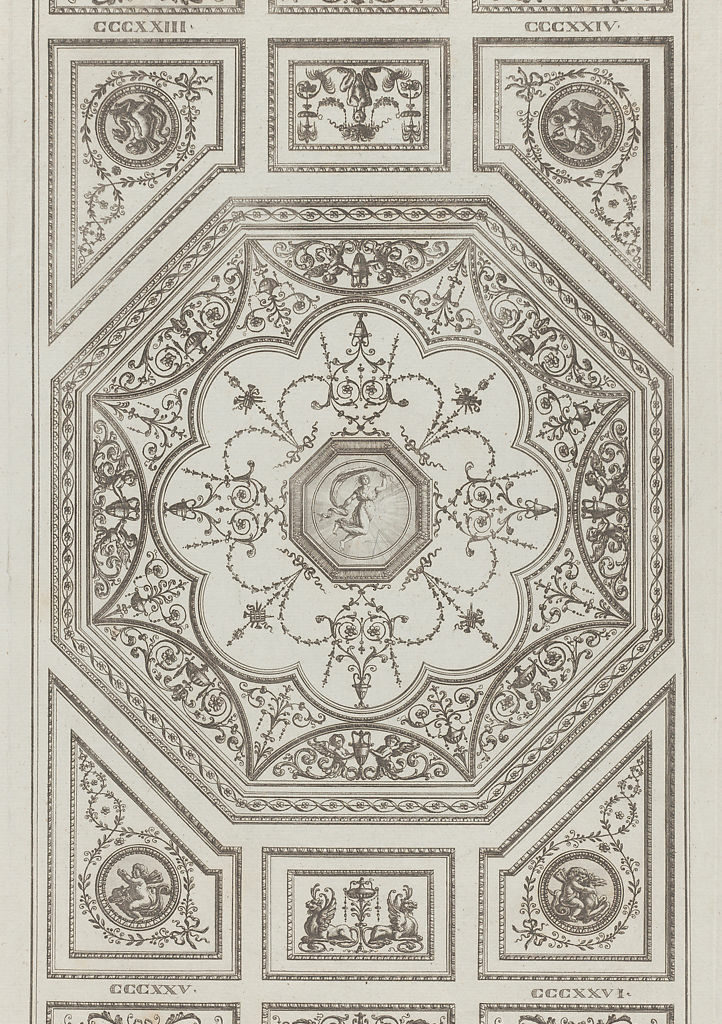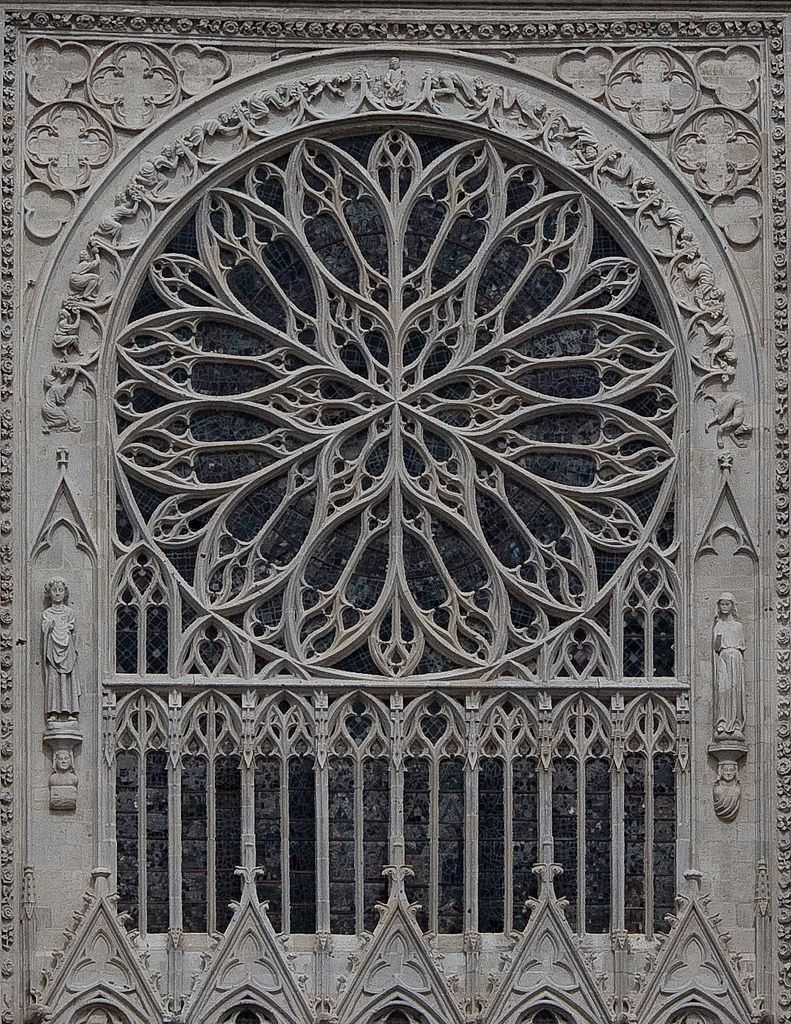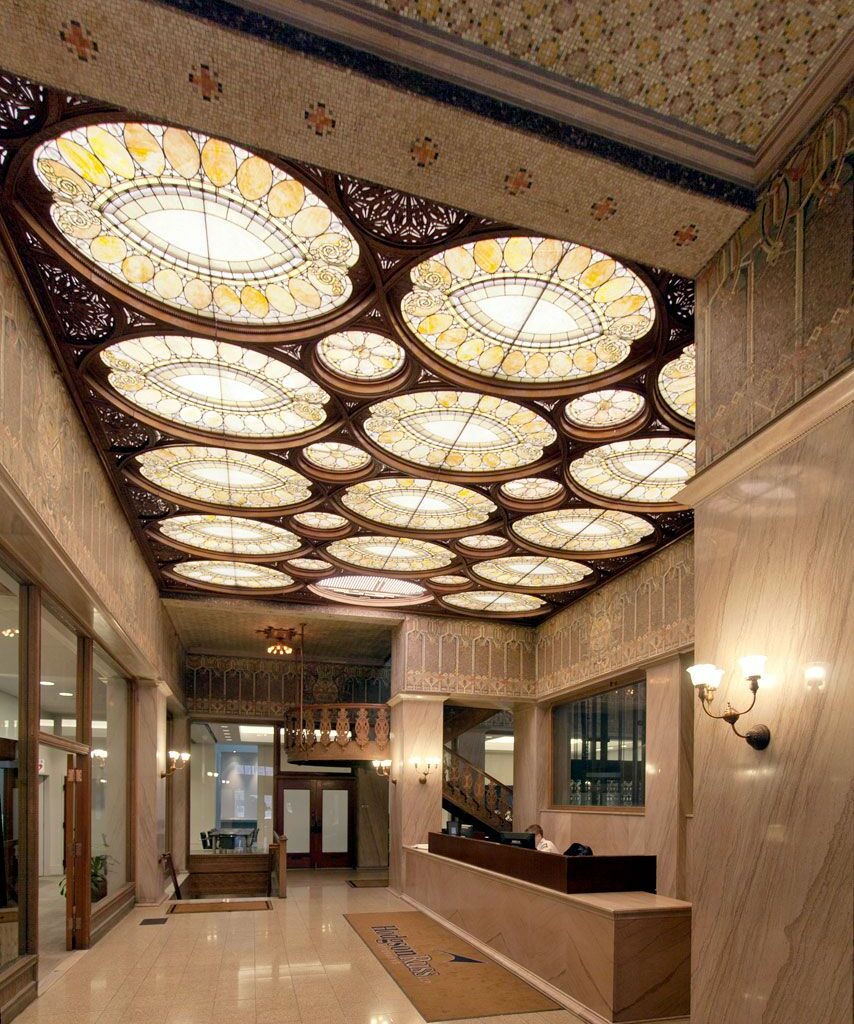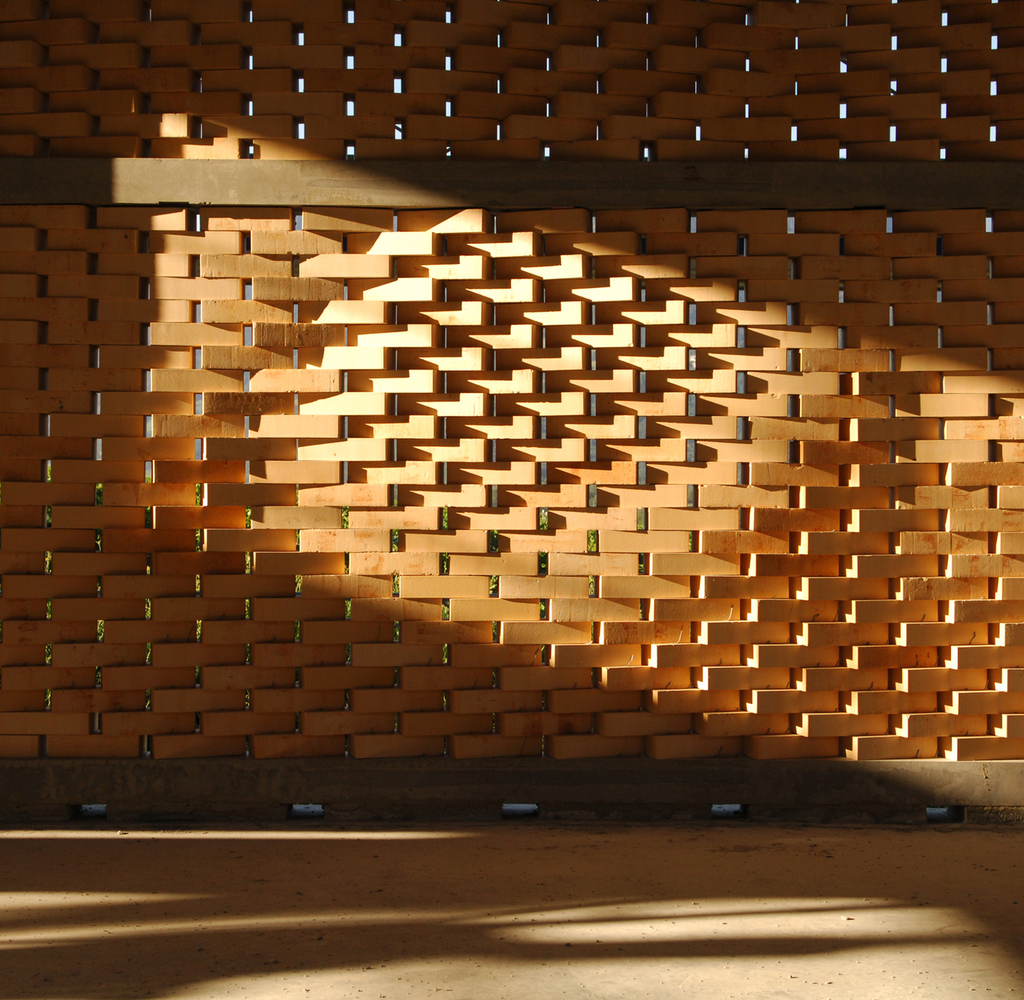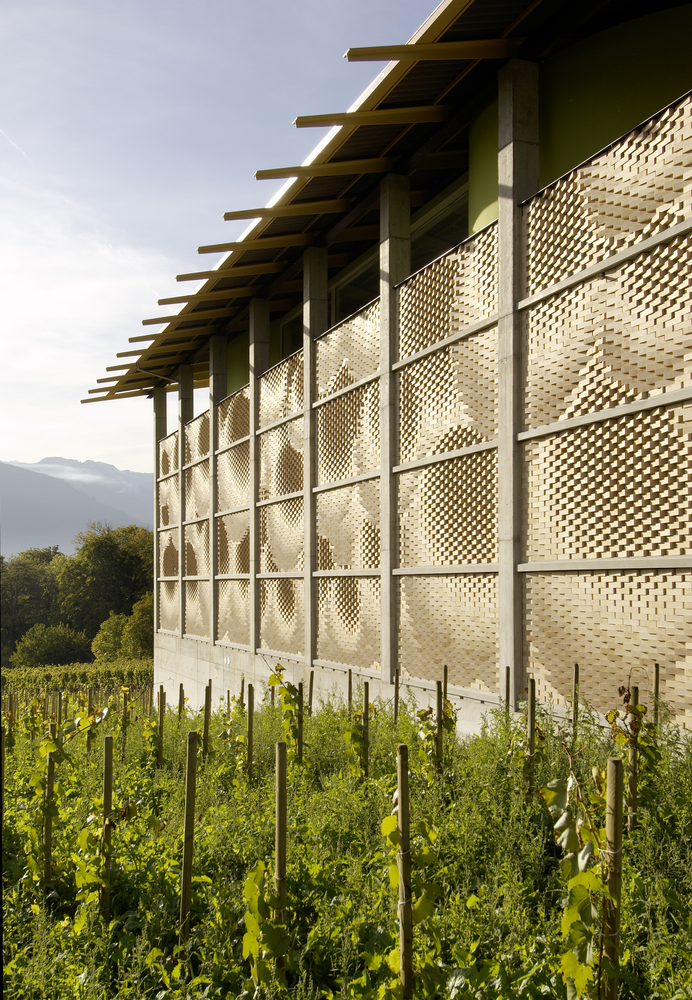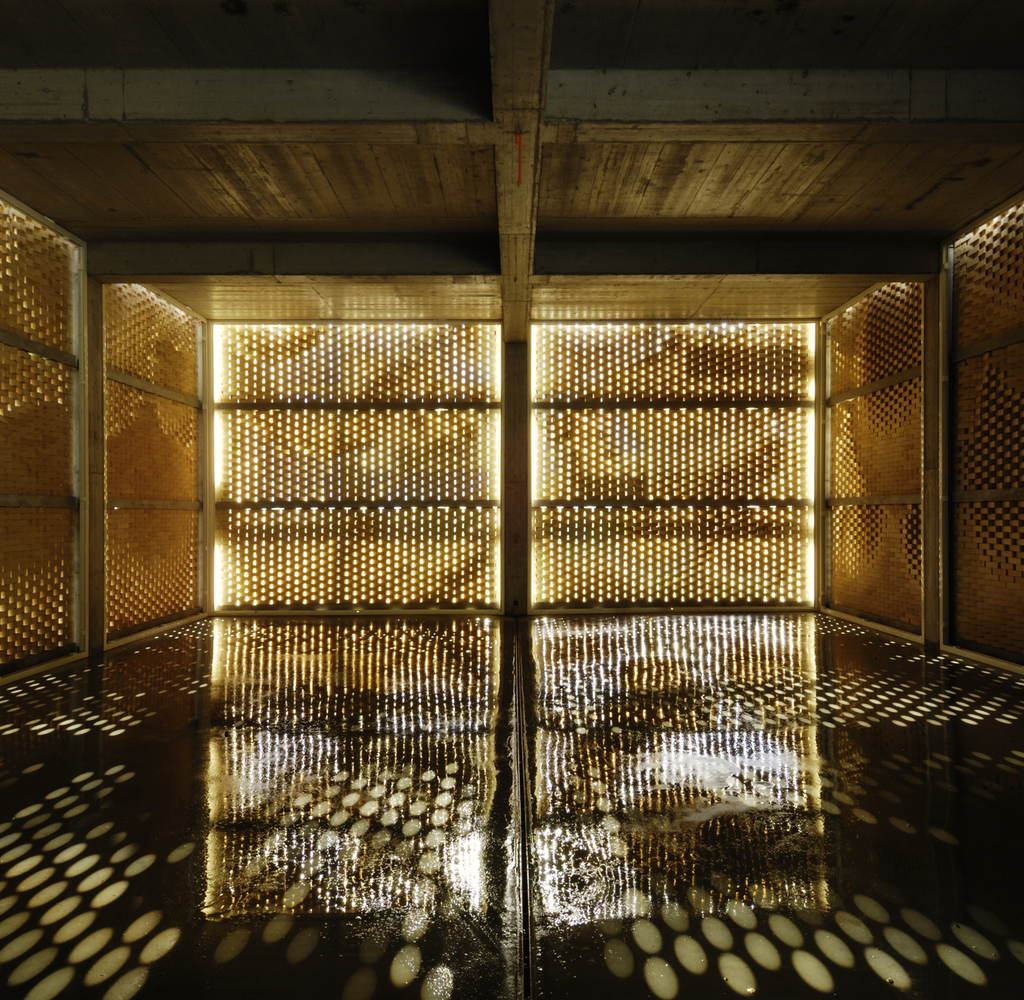Background
There are perhaps countless opinions on whether or not ornamentation is a necessity in architecture. Furthermore, what its purpose and role is, can or should be. To begin investigating this question through the media of digital tools, some initial readings were chosen:
In Farshid Moussavis ”The Function of Ornament” examples of ornaments are described as by three classifications – depth, material and affect. Depth, describing the scale at which the ornamental expression is obtained, spanning from the full building to the thinnest facade panel. Material, describing what is informing or carrying the arguments for the specific design choices. Affect, describing the interaction between these two notions, and what is effectively creating the ornament. (Moussavi, 2006).
In ”Ornament: The Politics of Architecture and Subjectivity”, Antoine Picon points out how the presense of the computer in design is changing the role and shape that ornament is taking in contemporary architecture. Now, the ornament is more often fully merged with the building envelope rather than remaining seperable from it. It is no longer necessarily an accentuator of rythm or organisation (as somewhat shown in fig. 1-3) but instead a continuous cloth covering the entirety of the building (as in fig. 4-6). Patterns rather than symbols or icons are used to create the decorative effects. Picon also denotes that with the rise of digital tools, the revival of the ornament is highly related to the notion of materiality which in turn cannot be understood as something strictly objective and states ”…materiality possesses a relational character. It implies an encounter between a subject and the material world.” (Picon, 2013)
In ”Pattern: Ornament, Structure and Behaviour” by Andrea Gleiniger and Georg Vrachliotis, the viewpoints of architect Christopher Alexander regarding the implementation of the computer in design are stated and discussed. Alexander states the following when sharing his opinions on the topic with Rem Koolhaas and Hans Ulreich Obrist: ”In a computer, you can of course set a number of parameters and churn out endless combinations and variations, but if they don’t have meaning they are really just trivial games.” (Vrachliotis, 2009) And so, just because the computer can speed up the process of generating large amounts of options, trusting pure quantity to provide relevant options is perhaps not an efficient way to design. In addition to this, Alexander also says: ” …We do not wander about houses, hammer and saw in hand, wondering where we can apply them…”. so therefore we should not ask the question of ”how can we implement the computer in design?”. (Vrachliotis 2009). Ironically, this is in a sense what this work has set out to investigate. However, the research questions stated in this work are merely meant to inspire an explorative approach to test how critical reflection can fuel creativity.
The observation that ornament is not necessary experiencing a mere revival but perhaps more of a reinvention is shown in ”The Articulate Surface” by Ben Pell. This book contains a large number of modern examples of ornamentation in architecture. One of which is shown in fig. 4-6. (Pell 2010)These examples of contemporary ornamentation very much consists of different patterns but without the traditional use of symbols or icons. While differing in material and fabrication techniques, many of the examples have in common that they often cover the entirety of the facades. Moreover, the visual effects revolve around patterns and repetition and contrast created by depth and changes in material.
So, if production of the ornament is made easy by the materials and machines at hand, and the pattern or geometry itself can be designed effortlessly using parametric design tools, mass production of design options is no longer a challenge. With unlimited options to chose from, does design become a binary question of deciding what is beautiful and what is not? Or are we still in charge of the options we use digital tools to produce?
Lastly, a personal standpoint is that ones creativity and ones toolbox are always in close conversation, yet not always equally developed. Sometimes, creativity demands the toolbox to be expanded. Sometimes the toolbox is too advanced to be exploited with true creative intention. Now what would that mean in the context of digital tools and ornaments?
